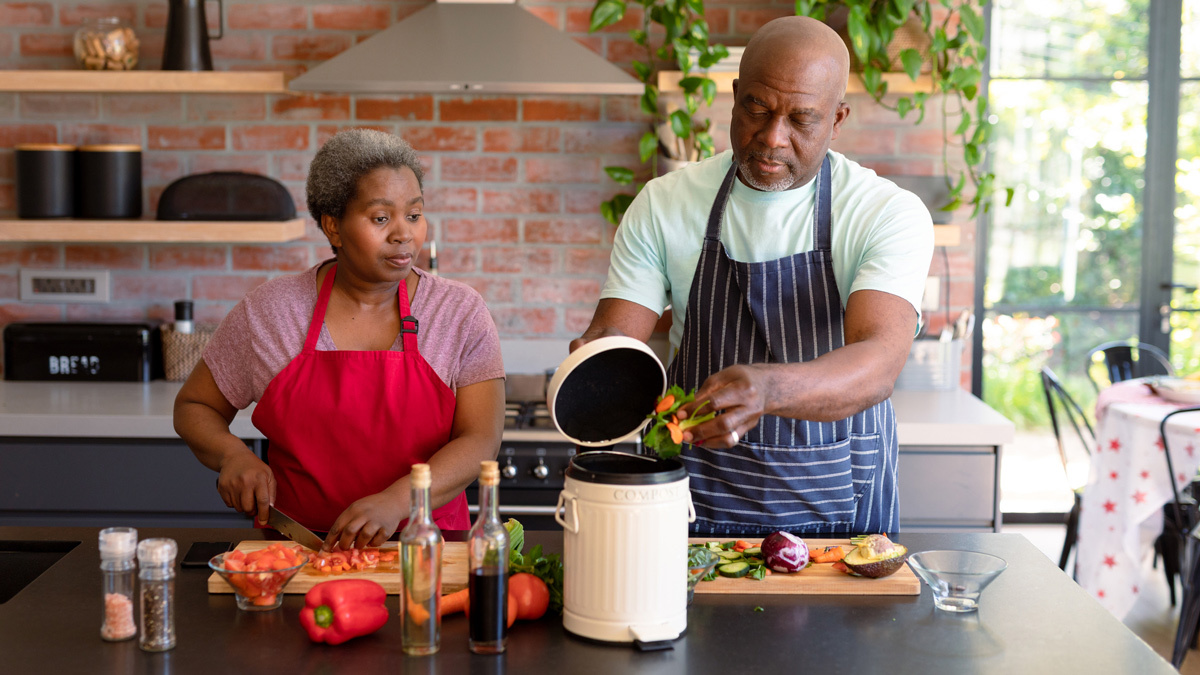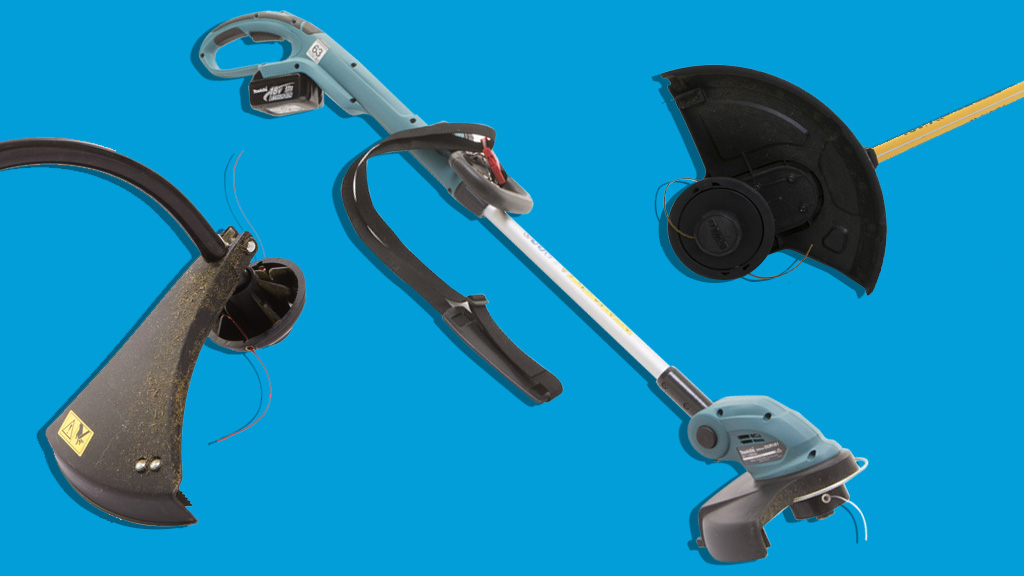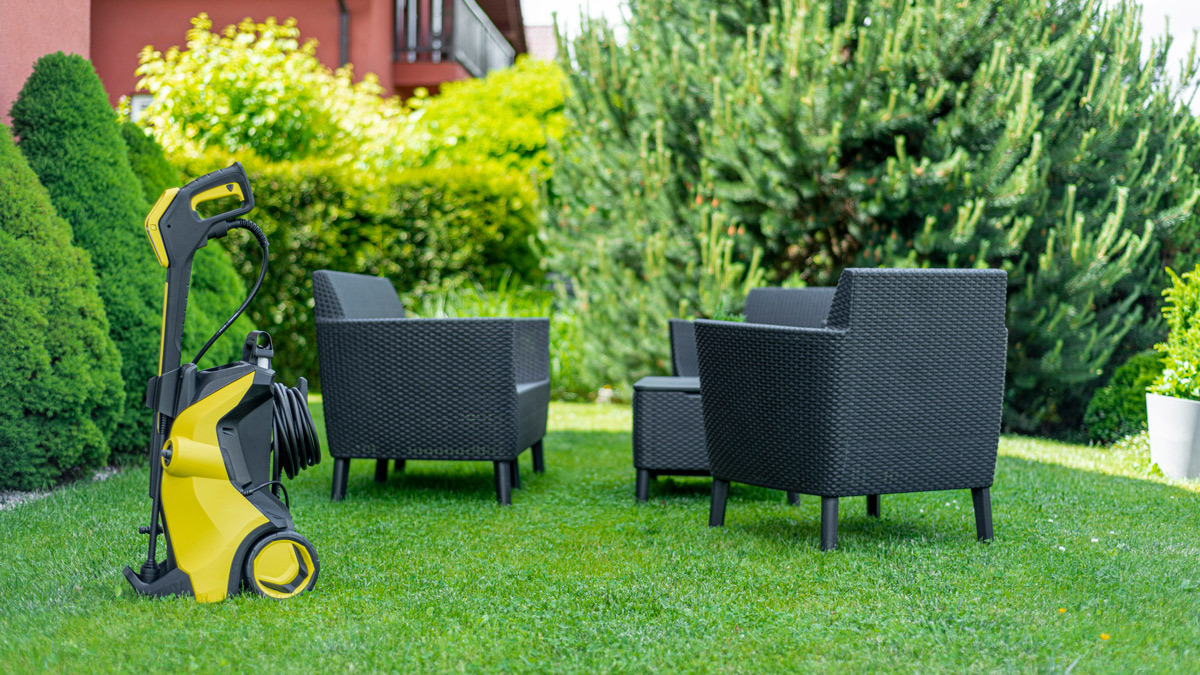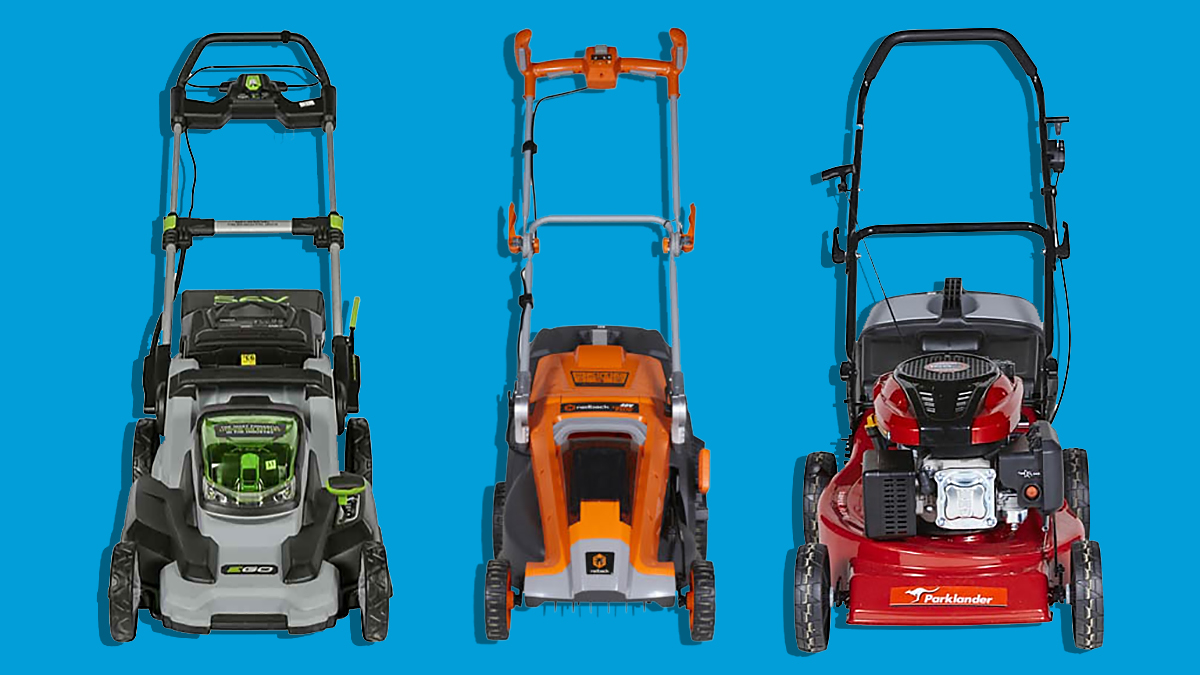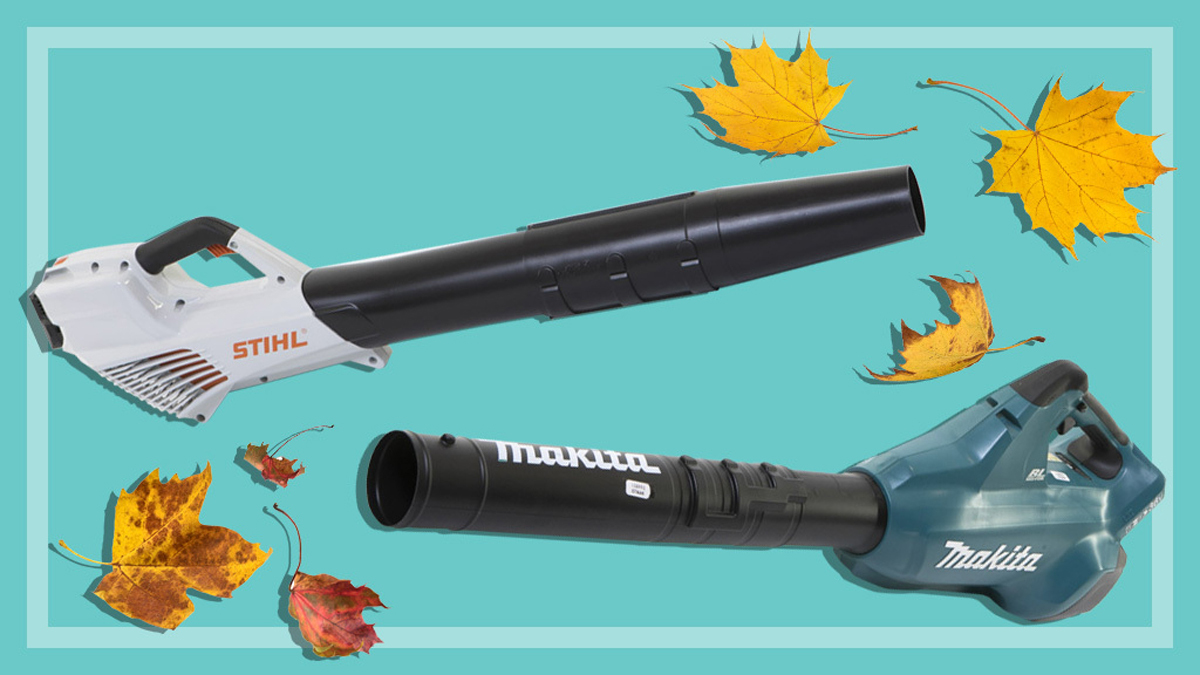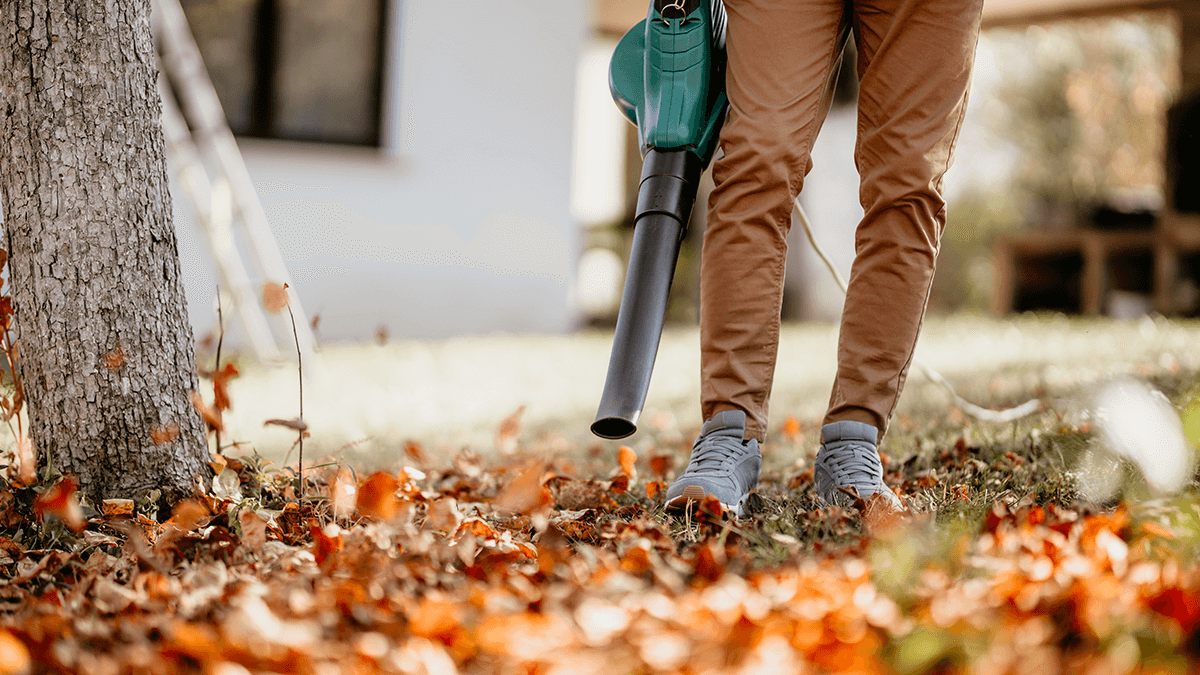Get our independent lab tests, expert reviews and honest advice.
Choosing a kitchen compost caddy
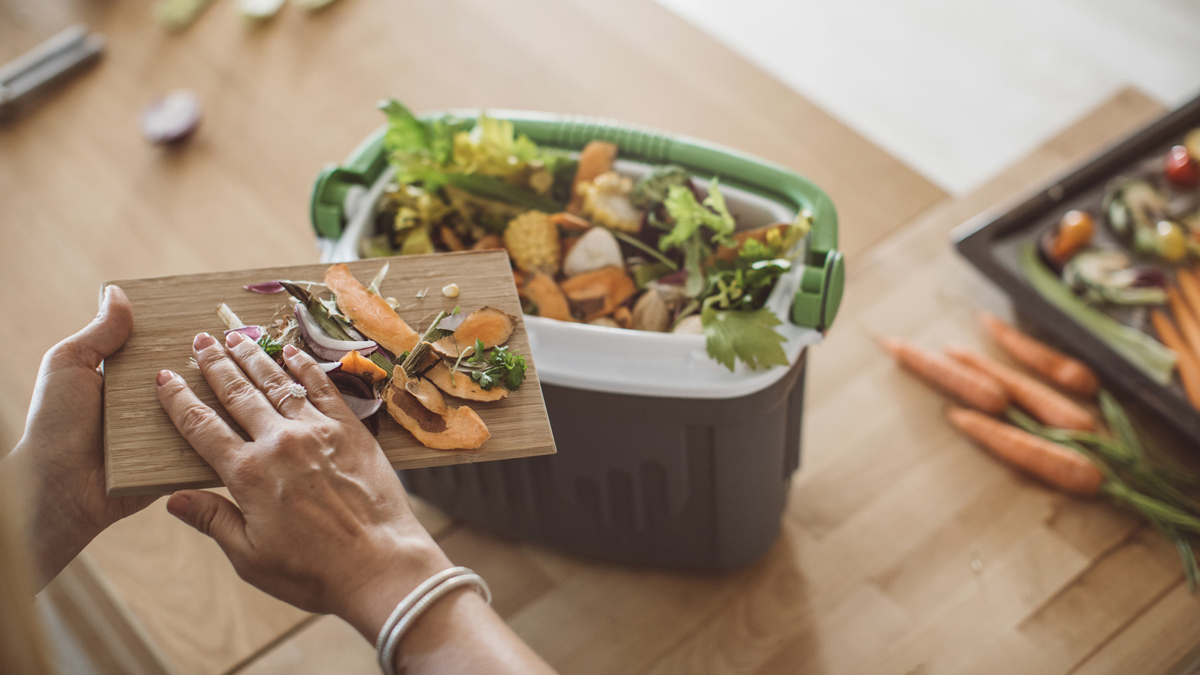
A kitchen caddy (also known as a green waste caddy or kitchen compost bin) is designed to hold your indoor food scraps for a few days before you empty them outside into a compost system or your kerbside Food Organics and Waste Organics (FOGO) wheelie bin, if your area offers this service.
On this page:
- What can you put in a kitchen caddy?
- What can't you put in a kitchen caddy?
- Can't you just use an ice cream tub?
- Do you need a compostable bin liner?
- Kitchen caddy features to look out for
States and territories have started implementing FOGO schemes to reduce landfill, with around 30% of households currently having access to a full FOGO collection service. The Australian government’s National Waste Policy Action Plan has a target of providing FOGO to all homes and businesses by the end of 2023.
Some councils will provide homes with a small kitchen caddy free of charge (and any lidded container will work) but there are also attractive alternatives available, some of which CHOICE has tested.
What can you put in a kitchen caddy?
Whatever goes in your compost is suitable, but if you’re using a FOGO kerbside collection service you may be able to put a wider variety of things in. This is because FOGO scraps are taken to be made into compost on an industrial level, which means organic waste is processed in a dedicated facility at higher temperatures.
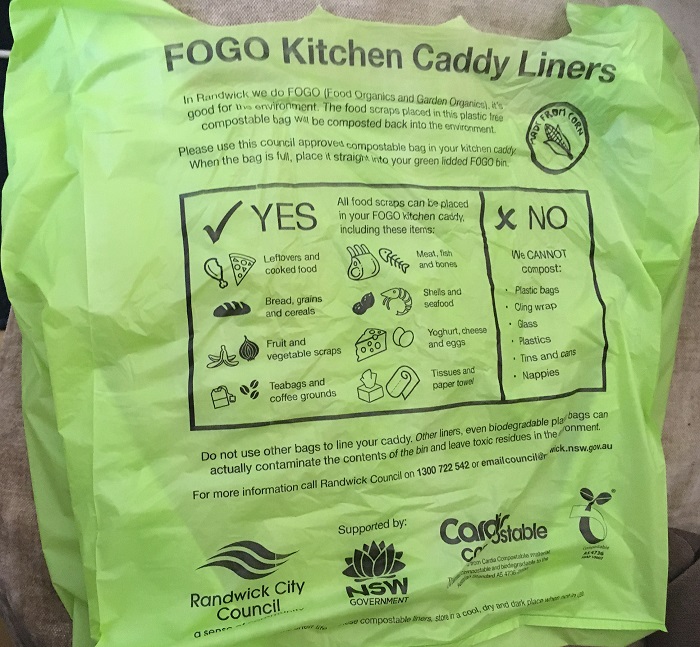
This can kill off bacteria and speed up the composting process, so you’re able to put things like bones, larger amounts of meat, fish and the like that might start to smell or attract vermin or mould in your home compost system.
As a general rule, regardless of how you’re composting, you can include:
- all fruits and vegetables, including peelings
- eggshells
- coffee grounds and tea bags (so long as there is no plastic-based material used or metal staples)
- grains (pasta, bread)
- paper towels
- newspaper
- small amounts of pet waste including organic kitty litter, sand/paper bird cage liners
- hair.
What can’t you put in a kitchen caddy?
Avoid anything plastic (including bin liners) and any food packaging.
If you’re emptying into a council bin, check their lists as some prefer no hard shells (such as oyster shells) or large bones. Dog and cat poo should also be avoided as it will not only smell bad, it can harbour parasites. While technically compostable, it should be put into a dedicated pet poo compost system.
Cooked food scraps are OK for a FOGO bin or some home compost systems such as a bokashi bin or solar waste digester.
CHOICE tip: It’s important to empty your caddy after a few days to avoid smells and flies/vermin, as it isn’t a compost system in itself.
Can’t you just use an ice cream tub?
Yes! Using any lidded container like an ice cream tub, yoghurt bucket or coffee jar is still a great cost-effective alternative for keeping your food scraps. But they can look unsightly on your benchtop and may require more frequent emptying due to their smaller capacities.
Opening and closing the lid may not be the best experience, and they don’t usually come with carrying handles, so you may want to consider a dedicated caddy which looks good and is designed for a better experience.
If you do want to use an old container, our expert tester Martha Psiroukis says: “Most of these containers can go into the recycling bin when they get too ratty looking, or are no longer sealing well enough.”
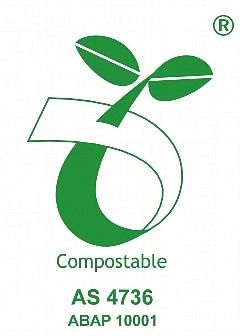
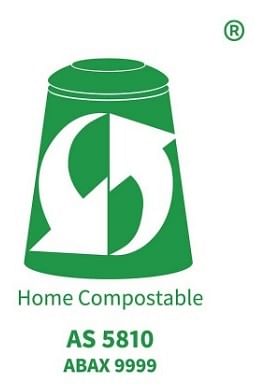
Do you need a compostable bin liner?
Not if you’re composting at home. A specially-designed compostable bin liner can be handy if you’re in an apartment and want to empty your waste downstairs into the FOGO bin before it gets composted industrially.
However, you could carry the actual bin with you if it’s not too heavy and empty the scraps straight into it. Rinsing out your caddy isn’t too onerous, and helps reduce waste. You can line your bin with newspaper to help absorb some of the moisture and avoid food sticking to the sides.
If you’re interested in using a bin liner, it’s important to make sure the liners are 100% compostable rather than degradable or biodegradable, as there could still be plastic materials in the latter two types (they just break down into smaller microplastics).
You don’t necessarily have to use ones designed for the brand of kitchen caddy you have, and some councils provide residents with a limited amount of free FOGO bin liners. If you’re buying a kitchen caddy liner for your council compost, look for compliance to Australian Standard AS4736, which incorporates a “worm test” (look for the seedling symbol).
If you’re still keen on using a bin liner for home, look for AS 5810-2010, which means it’s home compostable (it should have a compost bin symbol). Ones that meet industrial composting standards may take longer to break down at home.
Kitchen caddy features to look out for
Material
Kitchen caddies come in a range of different materials.
- Ceramic models look good and should be easy to clean but are breakable and heavier (especially when full), so you need to take care when emptying.
- An industrial steel finish may complement other appliances on the benchtop but could show fingerprints.
- Plastic is a very common, durable and relatively inexpensive caddy material (some use a proportion of recycled materials like bamboo).
Size
Different households will require different capacities depending on how much food waste is produced. The kitchen caddies we’ve tested range from 1.7L–8L in capacity, but we’ve seen ones that go up to 10L. The size you choose should suit what you can add to your compost system every 2–3 days.
Don’t be tempted to “save up” your food waste in a large bin for a couple of weeks and wait until it’s full, as it will probably start to smell quite bad and attract mould and flies.
Shape
Most caddies are either rectangular, square or round. Consider the shape of your composting system and how easy it will be to empty the caddy into it. A round model may be better suited to compost systems with small openings such as a Green Cone solar waste digester.
Also think about how it’ll look in the kitchen. A slimline rectangular caddy may be less intrusive on your benchtop and more appropriate for scraping plates or vegetable peels from your chopping board into it.
Hinged lid
While not a must-have, it’s handy so you don’t lose it. Look for something that is easy to clean and won’t trap food.
Door mountable
Some caddies can be mounted out of sight in your kitchen door.
Carbon filters
Some kitchen caddies come with washable carbon filters which are designed to trap smells. If your filter still smells after you wash it, then it’s time to replace it with a new one (you can buy your own carbon filter and cut it to size). We don’t think one is necessary as our tests didn’t show odour or pest control differences between types.
Air vent
An air vent is handy to reduce moisture accumulating in your compost bin, but models with one are still likely to attract mould if scraps are left too long.
Ease of cleaning
You’ll need to be washing these often, so look for one that doesn’t have too many crevices to trap food residue, and one that’ll fit in your kitchen sink or dishwasher.
Comfortable handles
The handles on the bin and the lid should be smooth and comfortable. Opening the lid should be possible with just one hand.

